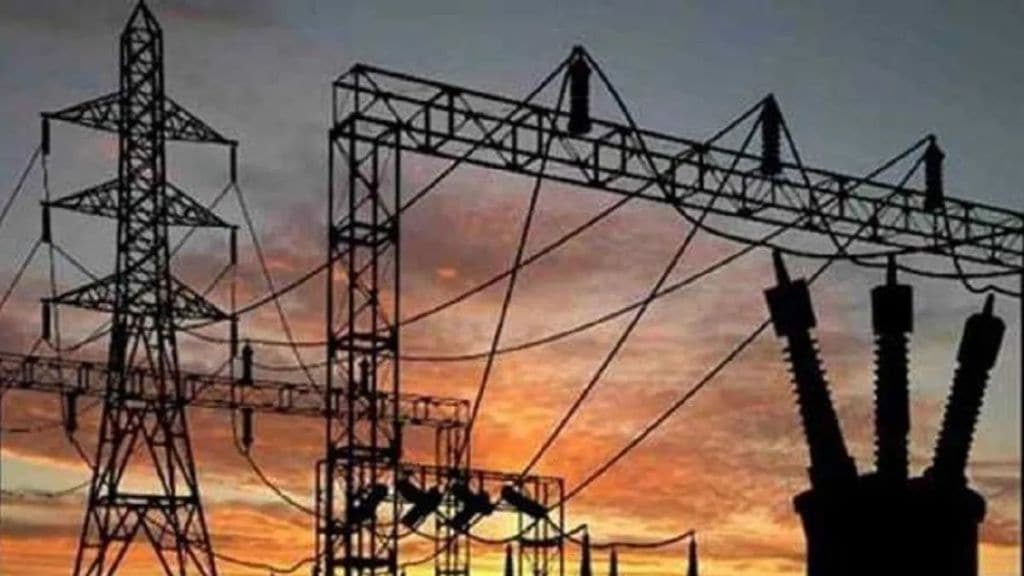As the UN Climate Change Conference (COP30) begins in Belém (Brazil) on Monday, top executives of Indian power companies are hopeful of meeting the country’s target of 500 GW of non-fossil fuel energy capacity by 2030. Sector experts, though, feel the country needs to resolve issues related to signing power purchase agreements (PPAs), transmission capacity and so on.
The country has added 256 GW of non-fossil fuel capacity so far, with addition of 30 GW last year and 40GW expected this year but experts say there is a need add at least 50 GW every year till 2030.
“It (capacity additions) has been good. Between 2010 to 2030, we as a country used to add 5GW; between 2020 to 24, we added 12-13 GW. Last year we added 30 GW. It has been growing,” said Praveer Sinha, managing director and CEO at Tata Power.
In FY25, Tata Power added 1 GW of renewable energy capacity, taking its total green energy portfolio to 6.87 GW, as per its FY25 annual report. Tata Power aims to have a green energy portfolio of 33 GW by 2030.
Vaishali Nigam Sinha, co-founder and chairperson, sustainability at ReNew said while the pace of renewable capacity additions may appear to be moderating in the short term, it’s important to view the country’s progress in the broader context.
“The country has already achieved 51% of its installed power capacity from non-fossil fuel sources and reduced emissions intensity by 36%, well ahead of several global peers,” she said.
The government’s recent issuance of 73 GW in utility-scale renewable tenders in 2024 marks a record pace and underscores its intent to accelerate deployment, she added.
Anujesh Dwivedi, partner with Deloitte said aside from tenders for solar, wind and hybrid projects, the central government is increasingly looking at different forms of procurement of renewable power from other sources to meet peak hour requirements of the discoms through firm and dispatchable renewable energy (FDRE), where renewable sources are integrated with energy storage systems (ESS) to address the variable nature of renewable energy.
Viability gap funding (VGF) scheme for battery energy storage systems (BESS) projects, continued progress on schemes like National Programme on High Efficiency Solar PV Modules, National Green Hydrogen Mission etc will further support the achievement of 2030 target, Dwivedi said.
Pradeep Singhvi, executive director, energy & climate practice, Grant Thornton Bharat said the country is advancing a full-spectrum strategy, including carbon markets, scaling Carbon Capture, Utilisation, and Storage (CCUS), formalising a climate finance taxonomy, and pushing for climate finance that is flexible, fair and fit for purpose.
Needs for a shift
“India has achieved 50% non-fossil fuel capacity ahead of its 2030 target, that is five years early. That is a strong achievement,” said Amit Paithankar , chief executive officer at Waree Energies in a recent interview with FE. However, Paithankar said the target is now elevated, so further growth, grid modernisation, transmission upgrades and the full suite of grid-integration measures will indeed be essential.
On new thermal energy plans by the companies, he said the country’s appetite for energy is voracious, and it is growing by leaps and bounds. “In the interim, I think these are all going to be required,” he said .
Rahul Raizada, partner – climate and energy, PwC India said the 500GW target is achievable, but challenge is scale at which it is being executed. Since the country is adding 30-40 GW annually, the next phase will demand sustained additions of 50-60 GW each year, Raizada said.
“This calls for a shift from project-level execution to system-level readiness —where land, transmission, storage and markets move in sync,” Raizada said, adding key challenges lie in accelerating transmission build-out, resolving land and permitting delays, ensuring timely PPAs and scaling domestic supply chains for modules, inverters and batteries.
Financial discipline across utilities and deeper green market mechanisms will also be critical to attract continuous private capital, he said.
Intermittency and limited storage options have moderated short-term growth, while delays in contracting and softer merchant power prices have affected project viability, he said, adding, “Yet these are transitional issues. As grid modernization, storage deployment and digital integration accelerate, renewable capacity additions should regain momentum.”
Anish De, global head for energy, natural resources & chemicals (ENRC), KPMG said though the country is on track against the 500 GW target, more is desired given Indian demand growth and electrification trends.
“Biggest challenge is transmission and connectivity. Land remains a constraint in some key states. There are also supply chain bottlenecks and vulnerabilities due to high import dependence,” he said.


